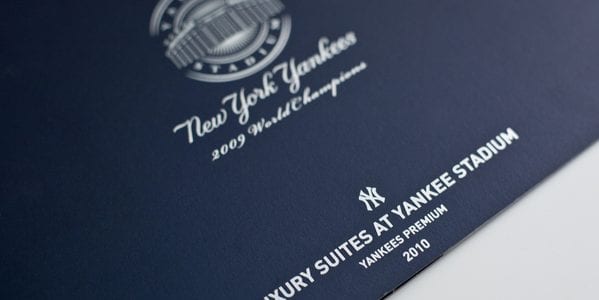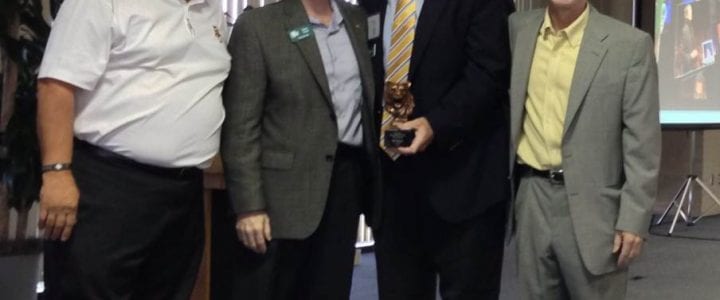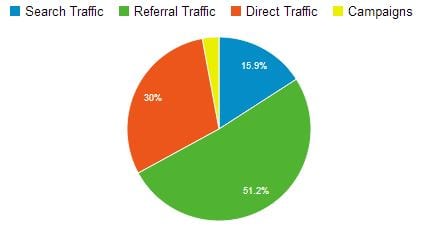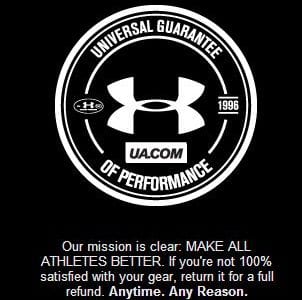
by Blake Cargill – July 2013
Dave Notolli, Regional Sales and Marketing Manager at General Motors, has worked for GM for over 30 years. A graduate of Purdue University, Notolli has enjoyed the automotive business from the moment he became a part of it. The automotive business has a unique, challenging aspect to it because of the competition and fast paced environment.
Managing the Escalade brand
Pinned as the first brand manager of GM, Notolli was given the difficult task of promoting the Escalade in the early 1990’s. This proved to be a challenging time for Notolli as he learned different roles and responsibilities.
The goal was to establish Escalade as its own brand. In order to do this, Nottoli said, “I had to try to change the mentality of the company and think of each car line as an individual brand.” Notolli was extremely successful, and the Escalade remains as a leader in the premium SUV category today.
Sponsorships fuel global expansion

Internationally, GM signed a record deal (Reuters estimates the seven-year deal at between $60-70 million a year) as title sponsor of Manchester United. Chevrolet is looking to make a huge push internationally, as its jersey sponsorship with ManU begins in 2014.
Chevrolet is the fastest growing brand in the world right now. Nottoli stated, “It is very important to be a global brand and get global recognition given where markets are growing.”
Regarded as one of the most popular and recognizable soccer teams in the world, Manchester United reaches over 650 million fans worldwide. This new sponsorship is an excellent gateway into growth and sustainability worldwide.
Digital marketing
What marketing methods seem to be working best now for GM? Notolli pointed towards two fundamental changes related to digital marketing:
- Product: Equipping cars with technology and digital components to reach a younger crowd.
- Promotion: GM’s most successful dealerships effectively use digital marketing and promotions and individual GM brands activate through sports & entertainment sponsorships integrated with social media (see Cadillac inset).
Leadership qualities
Notolli believes team goals always take priority over individual goals. This philosophy contributes to the development of teamwork and collaboration within the GM organization. However, Nottoli believes first and foremost, “We must show integrity in everything we do, being honest and open.”
Nottoli is known for his consistent ethical and moral values as a leader. Ken Mussmann, Chevrolet Field Manager adds, “There are three things about Dave that come to mind when I think about his leadership: First, he is trustworthy. Second, he has an intimate knowledge of the business. And, third, he really cares about the people that work for and with him.”
Stephen Flynn, Chevrolet Marketing Manager believes, “Dave’s work ethic and decision making are always based on his moral compass. Do the right thing, be honest with others, and act with total integrity.”
Differentiating GM from its many competitors is not an easy task. Nottoli regards having great products, customer service, and marketing as the three contributors to making GM stand out among the crowd. Nottoli believes in his product. He put it best when he said, “What’s good for GM is good for America.”
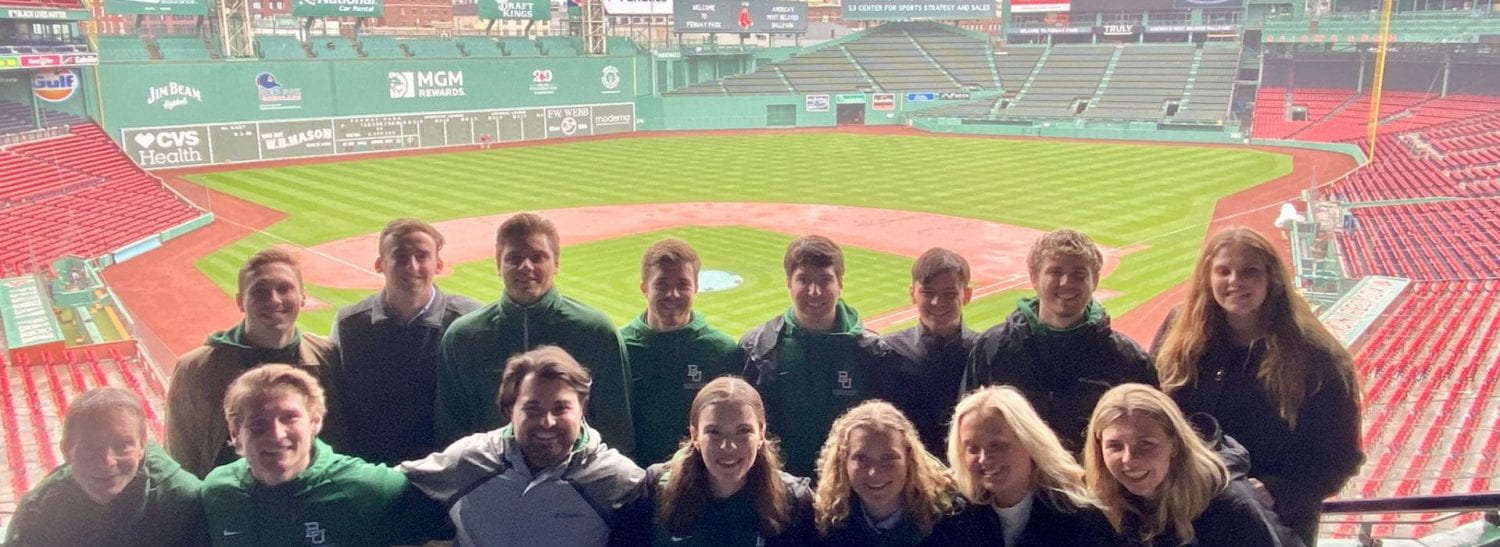


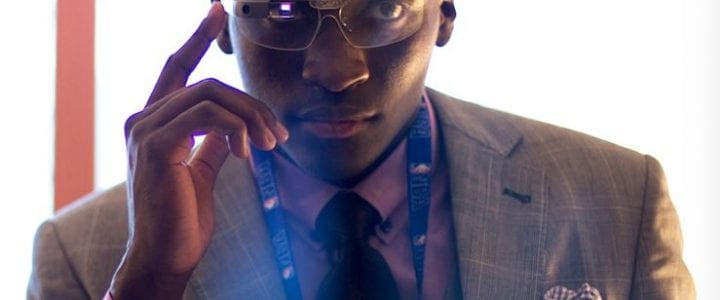
 In May, the NFL announced a ground breaking partnership with Microsoft that would bring interactive features to fans watching at home through the X-box One console (in-game Skyping, split screen to view game feeds with stats and fantasy updates, etc) and provide a significant tech upgrade to the field of play.
In May, the NFL announced a ground breaking partnership with Microsoft that would bring interactive features to fans watching at home through the X-box One console (in-game Skyping, split screen to view game feeds with stats and fantasy updates, etc) and provide a significant tech upgrade to the field of play.
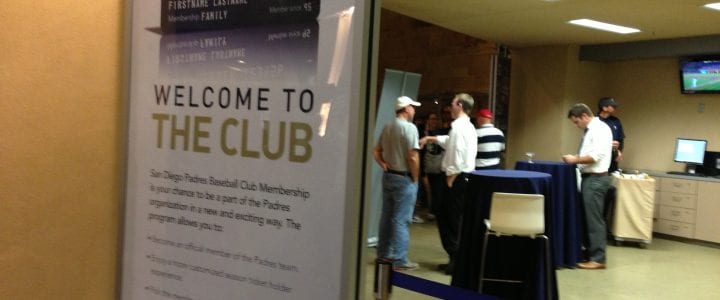


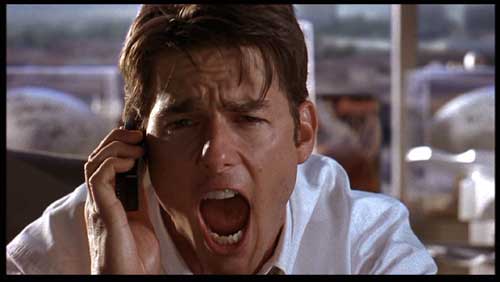

 A commission plan must be consistent year to year and fairly simple to understand. We have made only minor adjustments over the last 12 years.
A commission plan must be consistent year to year and fairly simple to understand. We have made only minor adjustments over the last 12 years. ~
~ 
